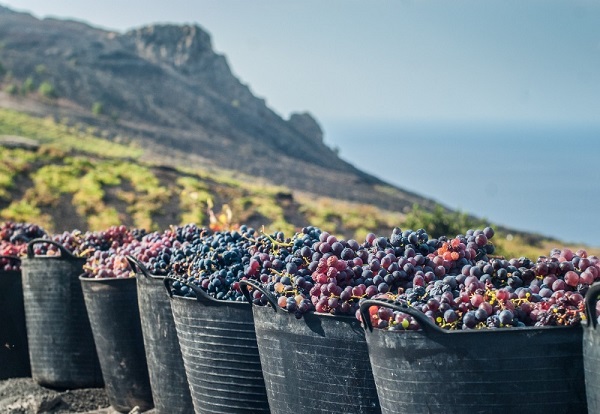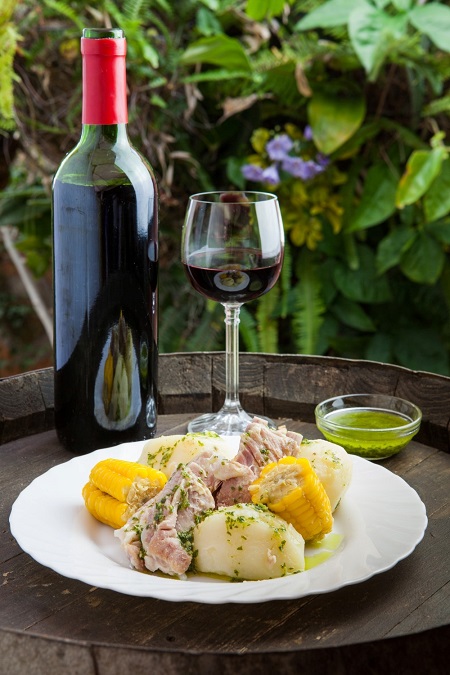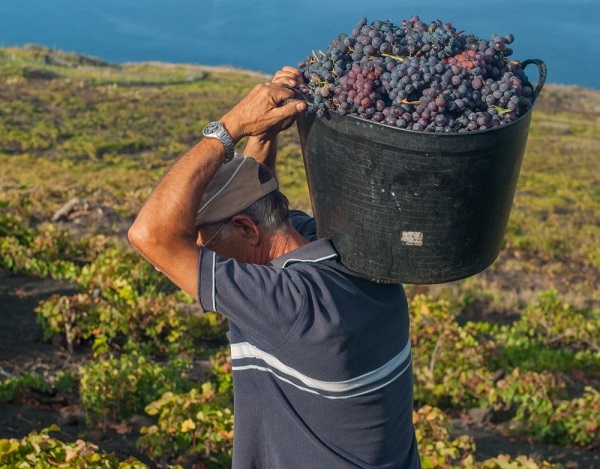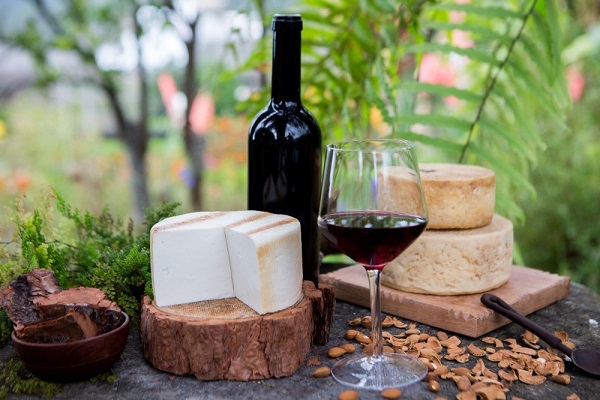
27 Apr Unique flavours of La Palma: the fascinating story behind the wines of La Palma
La Palma is one of those islands that exudes a special energy. Located in the archipelago of the Canary Islands and christened the Isla Bonita, its impressive volcanic landscapes, starry skies and cultural richness make this destination a must on the list of travellers looking for experiences that go beyond the ordinary.
The more adventurous travel to the island eager to see and traverse the trails that run from end to end through the lush beauty of its landscapes; the more curious dream of immersing themselves in the history and culture; but the more gourmets are looking to discover new flavours and experiences, and La Palma has one of the best wine tradition worth knowing.
The island's wine culture dates back more than a century. 500 years (1505) and has been thriving on the island ever since. So much so that Palmeros wines were quoted by writers of the stature of Shakespeare and Sir Walter Scott, who did not hesitate to call the Malvasía wine as "canary sack o "nectar of the gods"..

The origin of the wine tradition on the island
The introduction of the vine on La Palma was a crucial moment in the island's history, as wine production became a key activity in the local economy and culture thanks to the Spanish colonisers who arrived on the island in the 15th century and began to cultivate vines on its hillsides.
In the early years, two main grape varieties were grown: the Listán Negro and Albillo Real, La Palma was a place for the acclimatisation of species to cross the Atlantic to the Spanish colonies and the "mission grapes" thanks to the Listán. These native varieties adapted well to the climatic and geological conditions of the island, thus becoming the basis of wine production on La Palma, although, over time, new grape varieties have been included, as well as more advanced cultivation techniques.
Today, however, the local winegrowers continue to have a strong link with the traditions of their ancestors, carefully preserving the island's winemaking heritage in every bottle they produce and cultivating varieties that produce delicious wines.

Enviable conditions and characteristics
The Palmeros wines, which have been awarded the insignia of Designation of Originhave managed to go beyond the national dimension and to gain worldwide recognition thanks to its growing and production conditions. Being located in volcanic terrain, the vineyards of La Palma have a distinctive character and unique flavours, as the native grape varieties, such as Listán Negro, Albillo Criollo, Malvasía or Sabro, adapt perfectly to the island's soil and climate conditions, giving rise to wines with their own identity. In addition, the microclimates that develop on La Palma allow a great variety of wines to be obtained. diversity of wine stylesThe wines range from fresh and acidic on the west coast to warm and concentrated on the east coast. These include sweet and liqueur wines, made from overripe or raisined grapes.
On the other hand, wine production on La Palma is limited and artisanalThe family wineries are dedicated to making wines using traditional and environmentally friendly methods, maintaining meticulous care at every stage of the production process.
One of the most traditional methods is the terrace cultivationThe vines are protected from wind and erosion by volcanic stone walls, an ancient technique passed down from generation to generation, creating a spectacular wine-growing landscape and achieving the exceptional flavours of its wines. In addition, the traditional vines, which have become a very familiar feature of the territory, live in the palm houses.

The wide range of wine tourism on the Isla Bonita
In order to get to know the world of Palmeros wines in depth, it is necessary to experience an authentic wine tourism experience that goes beyond a simple wine tasting. Wine and food lovers can enjoy the island's marvellous wine-growing landscapes, wine tastings in traditional wineries, dinners with sea views while savouring the exquisite Palmeros wines and even tours in which the producers themselves teach about the island's history and wine culture in facilities such as the Wine Museum.
In this way, the activity related to wine production and winemaking is very present in the daily life of the inhabitants of La Palma. It is common to hear expressions such as "voy para la viña" (I'm going to the vineyard), which refers to the work carried out by the farmers on their own plantations with great dedication and enthusiasm. In this sense, the HARVEST SEASON is a perfect opportunity for loved ones to gather and celebrate the harvest to come.
Gastronomy plays an important role for the island, which has its own brand. Taste La PalmaThe culinary and gastronomic richness of the island's territory is based on the use of fresh, quality local products, such as fish and seafood, goat and lamb meat, fruit and vegetables from the market garden, and artisan cheeses. All this, accompanied by the delicious Palmeros wines, makes the island's culinary experience something worth experiencing.


